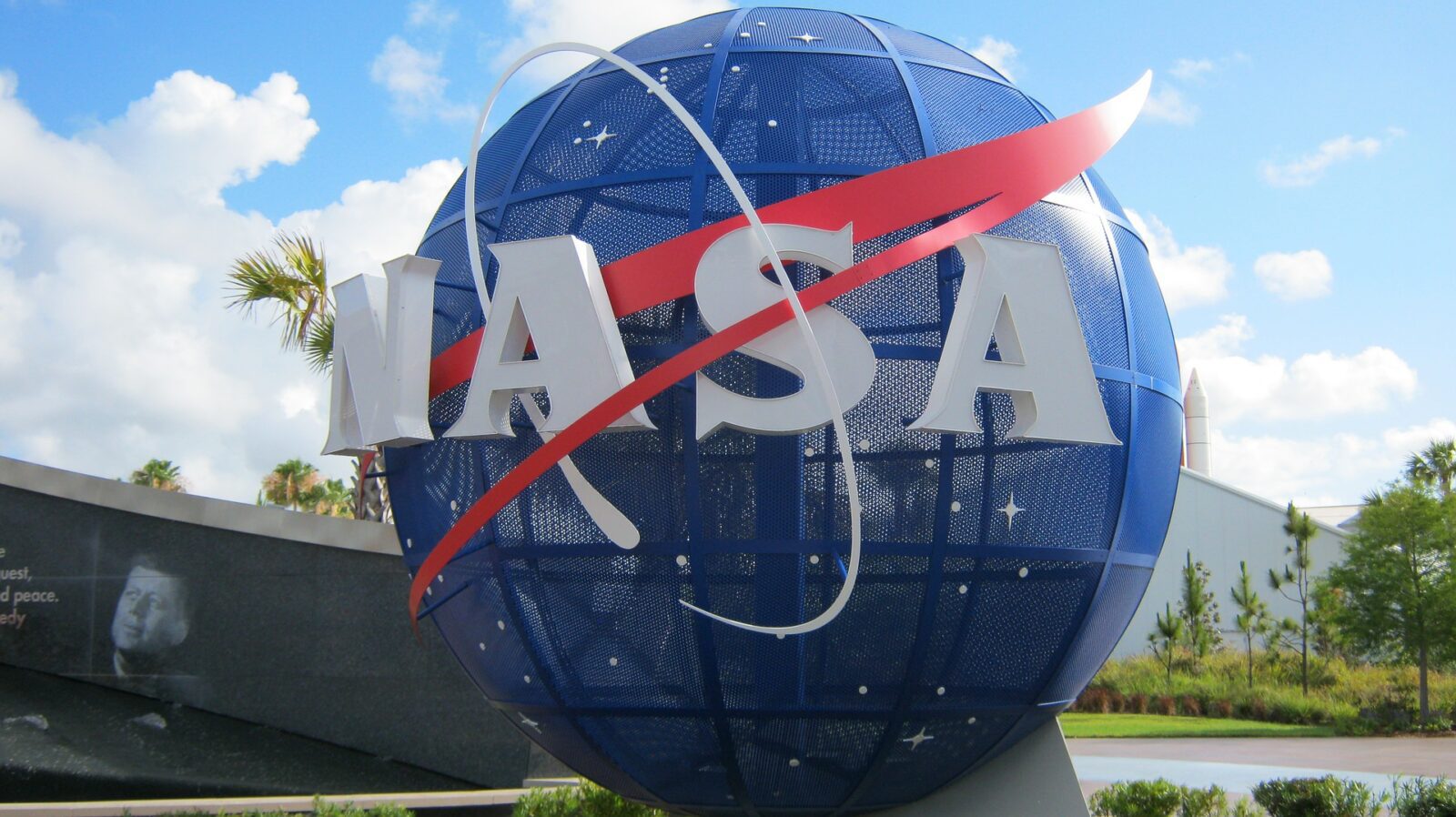If you think that going to the Moon is like a walk in the park, please keep in mind that no astronaut has been there since 1972. It’s obvious that space agencies always need some fancy new toys to maneuver towards our natural satellite, whether they aim to send humans there again or just robots.
NASA astronomers seem to be thinking very seriously about these aspects, which is perhaps why the American space agency has revealed a new giant rocket for the first time.
The stage is set for NASA’s SLS Moon rocket
According to the BBC, NASA is preparing for the final preparation for its new SLS (Space Launch System) rocket. A dummy countdown will be held at the Kennedy Space Center from Florida.
If everything goes well, there’s hope that SLS rockets will be used to send astronauts to the Moon once again after half a century. The SLS rocket will also be used in just a few months for an uncrewed test capsule around the Moon.
We have left the building! With the integrated SLS and Orion system atop it, the crawler-transporter has begun the approximately 4-mile journey from the VAB to the launch pad. Stay up to date on the roll through our @NASA #Artemis blog HERE >> https://t.co/f2x8yQ4ADq pic.twitter.com/wrGJLj60d6
— NASA_SLS (@NASA_SLS) March 17, 2022
The last time when astronauts laid foot on our natural satellite happened during the Apollo 17 mission from 1972 when Harrison H. Schmitt was a member.
NASA Administrator Bill Nelson stated as the BBC quotes:
This generation will return astronauts to the Moon and this time, we will land the first woman and the first person of colour on the surface, to conduct ground-breaking science,
Nasa’s Artemis programme will pave the way for humanity’s giant leap (to) future missions to Mars.
Going to Mars is currently one of the most ambitious goals of astronomers. Probably only finding alien life elsewhere in the Universe would be a more ambitious plan.
We can all consider ourselves lucky to be living during the same period when NASA has such high hopes for space exploration!












Leave a Reply